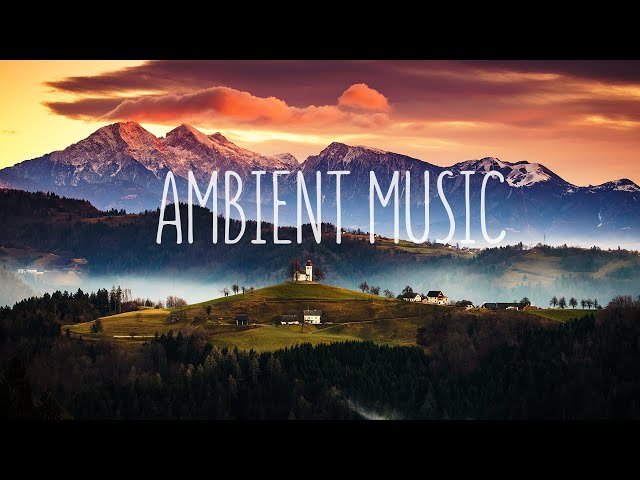Creating Ambient Music Soundscapes with Ableton Live
Ambient music is a genre that emphasizes tone and atmosphere over traditional musical structure or rhythm. Creating these lush, immersive soundscapes can be both a meditative and exhilarating process. Ableton Live is an incredibly powerful tool for crafting ambient music, thanks to its intuitive interface, versatile instruments, and powerful effects. In this blog post, we’ll explore how to create ambient music soundscapes with Ableton Live.
1. Setting the Mood
The first step in creating an ambient track is setting the mood. Ambient music often relies on a slow tempo and minimalistic approach. Start by setting your project’s tempo to a lower BPM, around 60-80 BPM. This will give you the spacious, relaxed feel characteristic of ambient music.
2. Choosing the Right Sounds
Ambient music thrives on rich, evolving textures. Ableton Live comes with a wide variety of built-in instruments and sounds that are perfect for this purpose.
Pads and Synths: Use Ableton’s Analog, Operator, or Wavetable synths to create lush pad sounds. Experiment with slow attack and release times to achieve smooth, flowing textures.
Field Recordings: Incorporate field recordings to add a natural, organic element to your soundscape. You can use Ableton’s Simpler or Sampler to manipulate these recordings, adding effects like reverb or delay to enhance the atmosphere.
Sound Libraries: Utilize sound libraries and sample packs designed for ambient music. Many of these packs include drones, textures, and other atmospheric elements.
3. Layering Sounds
Layering is crucial in creating depth and complexity in your ambient tracks. Here are some tips for effective layering:
Varying Textures: Combine different textures, such as a smooth pad with a gritty field recording or a shimmering synth with a deep drone. This contrast creates interest and movement.
Frequency Spectrum: Make sure each layer occupies a different part of the frequency spectrum to avoid muddiness. Use EQ to carve out space for each element.
Modulation: Apply subtle modulation to your layers. Ableton’s LFO and Max for Live devices are excellent for this. Modulate parameters like filter cutoff, pitch, or volume to create evolving sounds.
4. Using Effects
Effects are essential in ambient music for creating space and dimension. Here are some key effects to use in Ableton Live:
Reverb: Reverb is your best friend in ambient music. Ableton’s built-in Reverb or Convolution Reverb Pro (part of Max for Live) can add immense space to your sounds. Experiment with different reverb settings to find the perfect ambiance.
Delay: Use delay to create echoes and rhythmic patterns. The Ping Pong Delay and Simple Delay are great for adding movement and depth.
Granular Synthesis: Ableton’s Grain Delay or Max for Live’s Granulator can transform ordinary sounds into unique, evolving textures.
5. Automation and Arrangement
Automation is key to keeping your ambient track interesting over time. Automate parameters like filter cutoff, reverb decay time, and volume to create dynamic changes and evolving soundscapes.
When arranging your track, think about the journey you want to take the listener on. Start with a simple, sparse arrangement and gradually introduce new elements. Allow your sounds to breathe and evolve naturally, creating a sense of flow and continuity.
6. Final Touches
Before finalizing your track, pay attention to the mix. Ambient music often benefits from a wide stereo field and a balanced mix. Use panning to place sounds in different parts of the stereo field and apply gentle compression to glue the elements together.
Conclusion
Creating ambient music soundscapes with Ableton Live is a rewarding and creative process. By focusing on the mood, layering sounds, using effects, and automating parameters, you can craft immersive and captivating ambient tracks. Whether you’re looking to create a relaxing background for meditation or an expansive sonic journey, Ableton Live provides all the tools you need to bring your ambient music visions to life.





